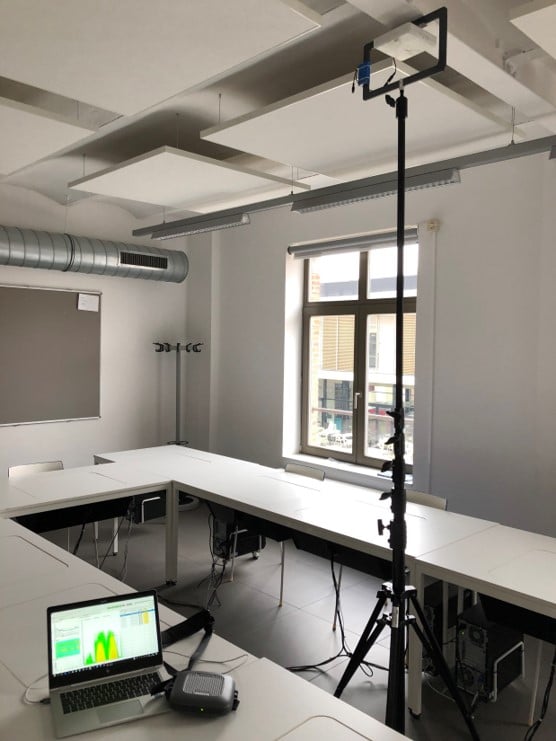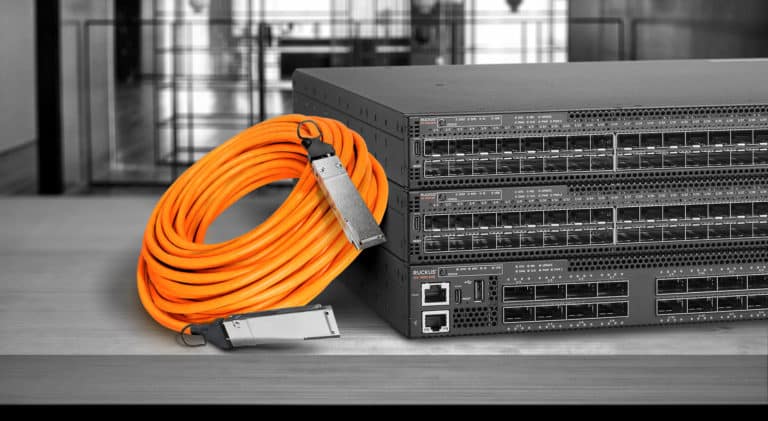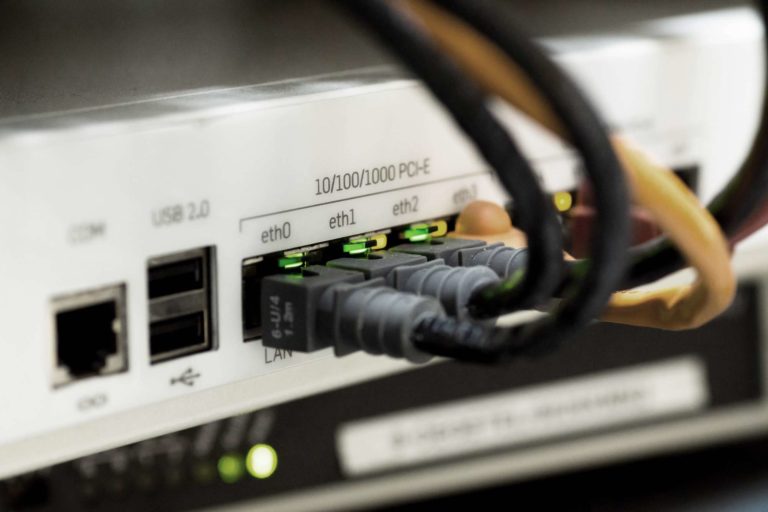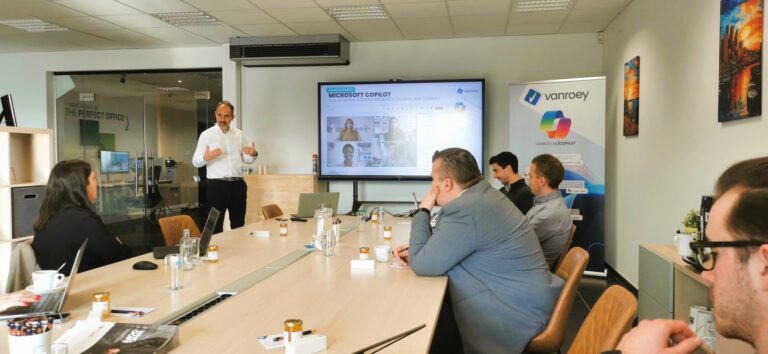"Under the motto"better to prevent than to cure"We put our heads together and together we determine the requirements of the wireless network:
- Which devices will use the wireless network?
Smartphones, laptops, hand scanners for stock management, portable IP phones... Depending on the type of device, the wireless signal may have a different requirement. A hand scanner in a warehouse, for example, suffices with a good signal on the 2.4Ghz frequency band, while a smartphone prefers to work on 5Ghz. - Which applications will use the wireless network?
Classic surfing traffic, camera images, video conferencing, telephony (Voice Over IP)... The quality of the wireless signal must be much better when using telephony over wifi than when there is only surfing traffic. If the quality of the wireless signal is insufficient, one will - just like in a tunnel - also experience interference on the line. - How many devices will use the wireless network at the same time?
This is a crucial question in order to optimise the design of your wireless network. When very many users need to be able to work in a limited space (conference rooms, market square, school, airport...), the limits of wifi antennas can be reached quickly, which is why multiple and more powerful access points need to be installed in such zones.
Once the purpose of the network has been correctly defined, VanRoey.be will use this information to design an installation on the ground plan. On the basis of a ground plan, you can already make an initial estimate, but in order to obtain a correct picture of the loss of signal through the walls and other environmental factors, the influences on the location (on-site) must be accurately measured.

- The materials used can cause more or less absorption or reflection of the signal than would appear on a plan. A typical example is the glazing in modern buildings, where today the glazing of a house insulates so strongly that even wifi signal can barely pass through it. Here we speak of reflection of the signal instead of absorption), so just like in a conversation, you either have to be close enough to each other or you have to be able to see and hear each other well enough to be able to have a good conversation;
- When you walk through a warehouse or office, you need to adequate transition We look for the point where we can still understand each other to switch to the next access point;
- On the basis of a visit to the site, we can also accurately estimate how many people can be connected at the same time.For a volume of 200 persons you logically need a more powerful access point than for about 20 persons. It is better to place an additional access point here to handle the necessary network traffic.
- During a visit to a place, we measure via a spectrum analysis if there are disturbing signals In many cases, the motion sensors of an alarm system are a source of interference. Smoke detectors or microwave ovens can also cause severe delays or loss of WiFi, such as a conversation in a busy room, where it is much more difficult to understand the person you are talking to than when you are talking to each other in a quiet place. We therefore want to avoid microwave ovens that suddenly start to 'shout' loudly on the WiFi frequencies on which the wireless network wants to speak.
- After all, we also look at the cabling and active equipment such as switches, routers and firewalls. The wireless network can only be expanded properly if it is backed by a stable network. It all starts with a network cable, followed by the router and the switch with a wireless network on top of it.
Secure Wi-Fi
As a final step, we must, of course, ensure that the new wireless network is visible and usable by the end users. But how do we ensure safe access to this wireless network?
- For laptops and other assets of an organization we recommend using a certificate on the devices that is distributed by a server to determine which device it is, who it belongs to, and what needs to be done with the device. This is part of a larger whole of client authenticationnetwork authentication and encryption of the data sent by the user;
- At a guest network or Wi-Fi hotspots in public places where people give up their privacy in order to obtain free Wi-Fi, without encryption of the wireless traffic, it is very easy to steal data from other devices in the network; in 65% of the cases, confidential information can be removed from your device when you connect to an open Wi-Fi hotspot, especially business people who travel a lot and want to connect to their company network are better off with a VPN connection that leads them via the company firewall once they are connected to a wireless network.
Because wifi is a shared medium, it is difficult to know for sure who can read or 'sniff' your traffic, so we always have to validate that we are indeed the person we claim to be; that we are indeed connecting to the network that presents itself as "our" corporate network and that the data over the wireless network is 100% encrypted.
Providing your organisation with a safe and reliable wireless network therefore requires a detailed preliminary study and extensive knowledge. Trust our experts with experience of hundreds of installations in the most diverse environments. Would you like to request more information about this or to enter into an informal conversation with our specialists? Contact then feel free to contact us
















